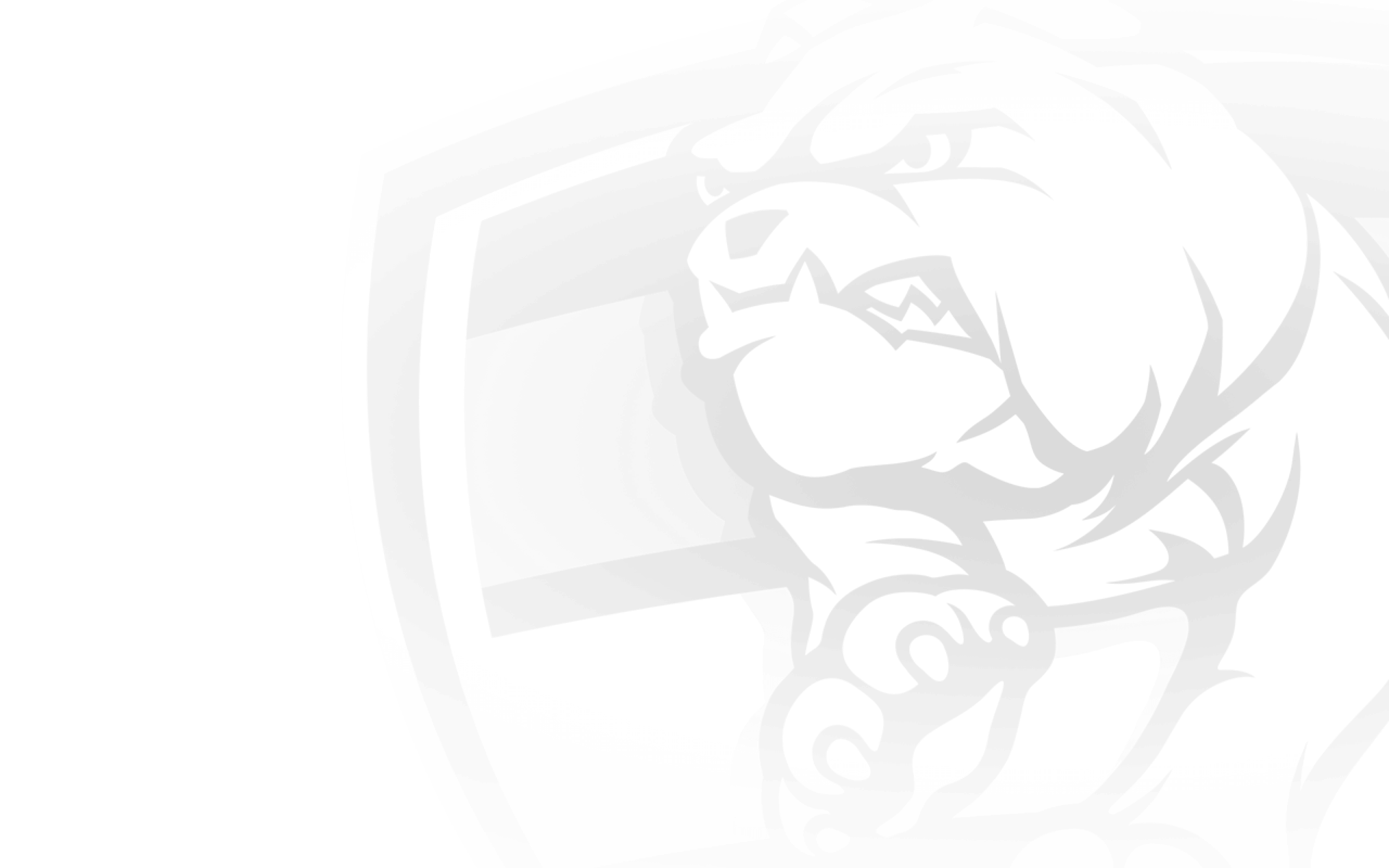The opening of the 1930 season saw the unveiling of a new grandstand at the Western Oval. Hard hit by the Depression after the crash of the Wall Street stock exchange in 1929, Australians found inspiration in the feats of sporting icons Phar Lap and Don Bradman. As unemployment rose to record levels, many players sought work before football and, if a club could provide a job, the prospects of players staying were far greater. Star player Allan Hopkins became captain/coach in 1930 and was again runner-up in the Brownlow Medal in both 1930 and 1931 (in 1989, he was retrospectively recognised as joint winner of the 1930 Brownlow Medal, which he had lost on countback).
Champion St Kilda full-back Bill Cubbins replaced Hopkins as captain/coach in 1931 and the team became the competition’s boom side, but a mid-season form slump saw them miss a finals berth by percentage only. In a bid to retain and cultivate local talent, the Footscray Football Club initiated the formation of the Footscray District League in 1931. One of the first players recruited from the league was champion boxer Ambrose Palmer.
Footscray’s membership was the largest in the VFL in 1932, a year when expectations rose with the signing of players touted as the ‘Big Four’, of whom Sale ruckman Norm Ware was the one who impacted the League, immediately stamping himself as a brilliant footballer. The projected rise up the ladder did not occur and Footscray slipped out of contention over the ensuing years due to injuries, along with the retirements of stalwarts Arthur Stevens and Allan Hopkins and the transfer of three-time best and fairest Ivan McAlpine to Hawthorn.
In 1935, a red, white and blue vertical striped Guernsey was introduced, for one season only (said to have shrunk when laundered), and Collingwood star Syd Coventry replaced Alby Morrison as coach after Round 4. The slump in the fortunes of the club on the field (1935 being the worst on record) was reflected in the club’s finances, with the debt spiralling out of control. Town clerk, John Gent, stepped in, arranging a Debt Abolition Appeal in 1936 that went a long way to restoring the club’s financial stability. In 1937, secretary Sam Ramsay instigated a new club motto: Cede Nullis, ‘Yield to None’. One year later, the Bulldog was adopted as the club’s official mascot and emblem.
In 1938, coach Joe Kelly’s blooding of many District League players paid dividends when Footscray secured a place in the VFL finals for the first time. Meeting Collingwood in the first semi-final, Footscray fielded a mosquito fleet of new stars, including captain Roy Evans, Harry Hickey, Joe Ryan, Jim Miller and Jim Thoms, who combined with big men Norm Ware, Alby Morrison and Arthur Olliver. Inaccurate kicking on the day and a star-studded Collingwood side brought about Footscray’s downfall. In December, the club was shocked to learn of the death of Dr Kevin McCarthy, who had been Footscray’s popular president since 1926.
Footscray had a disastrous start to the 1939 season, compounded by near near-fatal head injuries to Ambrose Palmer. Then, in September, came the distressing news that the British Empire was again at war with Germany.

